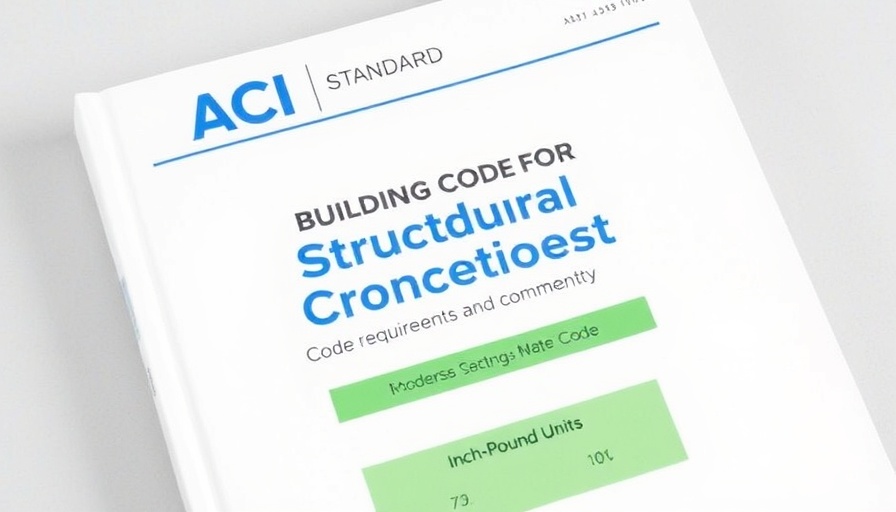
The Ongoing Freeze on Climate Grants: What You Need to Know
The Biden administration’s $20 billion allocation for climate and renewable energy grants is mired in legal obstacles. Initially hailed as a hallmark of advancements toward sustainability, these grants aimed to bolster initiatives across various sectors, including construction, by funding innovative green technologies. However, as a result of ongoing court battles, the distribution of these essential funds remains frozen, leaving many projects hanging in limbo.
Understanding the Court Battles
At the heart of these delays are various legal challenges, primarily from states contesting the grants’ funding mechanisms. Critics argue that the administration overstepped its boundaries and that the absence of congressional appropriations renders this funding method questionable. The unpredictable nature of court actions has significant implications for project timelines, particularly for commercial construction companies reliant on this funding to develop environmentally friendly projects.
The Ripple Effect: How the Freeze Impacts Construction Projects
The ramifications of the frozen grants extend beyond administrative headaches; they threaten project viability at a time when the construction industry is pivoting towards sustainability. Companies that had confidently budgeted for eco-focused initiatives may now face increased costs and project delays. Construction firms need to be proactive in strategizing their financial pathways and project timelines, and this might mean seeking alternative funding sources or re-evaluating project scopes.
Best Practices for Navigating Funding Challenges
While dealing with funding uncertainty can feel daunting, construction companies can adopt several best practices to mitigate risks:
- Diversify Funding Sources: Consider seeking private investments or local government grants that can help offset potential losses from the frozen federal grants.
- Stay Agile: Adopt flexible project planning to pivot or adapt designs based on available funding, ensuring that sustainability goals can still be met even if they are slightly altered.
- Engage Stakeholders: Maintain open communication with all stakeholders, including investors and community members, about how funding changes will affect project timelines and outcomes.
Future Trends: What Lies Ahead?
If the courts eventually favor the Biden administration’s approach, the released funds could unleash a surge of green initiatives that revitalizes local economies and creates jobs in commercial and residential construction sectors. The demand for sustainable construction practices will only grow, making it crucial for firms to position themselves as leaders in this transition. Even as we wait for resolution, the ideas and innovations in green building technologies remain at the forefront of industry growth.
In the meantime, striving for excellence in project management and being adaptable is key to sustaining operations and maintaining competitive advantage. As construction continues to evolve, those who prepare now will likely be the first to reap the benefits once funding flow resumes.
Despite the setbacks, the journey towards a more sustainable future in construction is far from over. The industry's inherent resilience means that construction firms are likely to navigate these challenges with innovation and strategic foresight.
 Add Row
Add Row  Add
Add 




Write A Comment